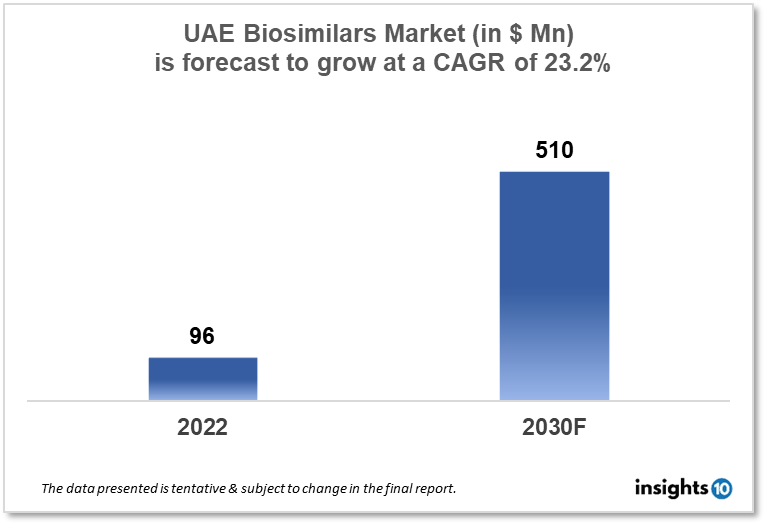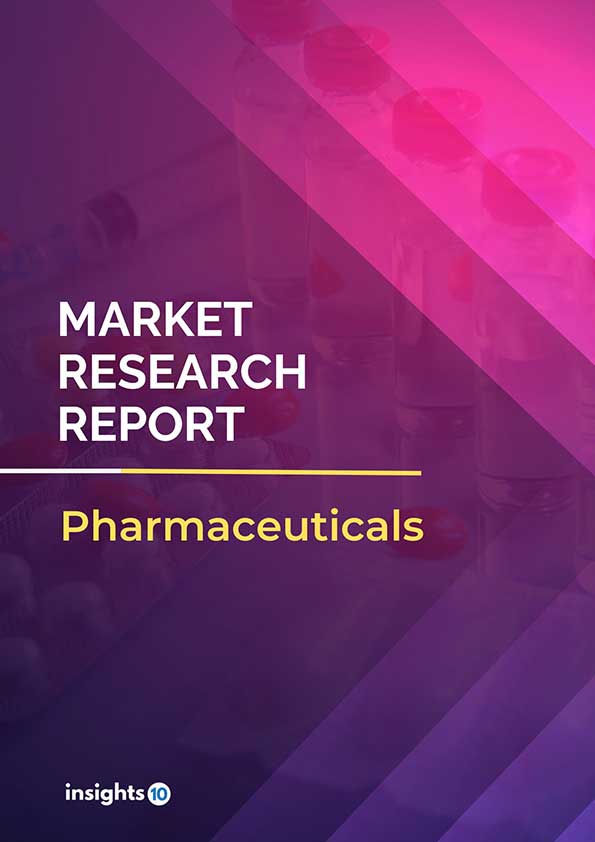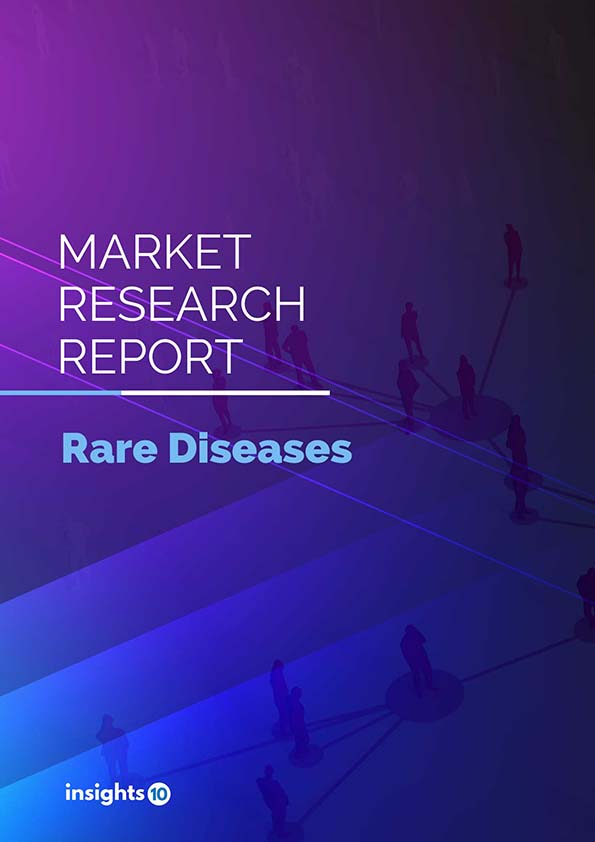UAE Biosimilars Market Analysis
The UAE biosimilars market size was valued at $96 Mn in 2022 and is estimated to expand at a compound annual growth rate (CAGR) of 23.2% from 2022 to 2030 and will reach $510 Mn in 2030. The market is segmented by product type and indication type. The UAE Biosimilars market will grow as biosimilars are less expensive than their reference products, and patients can afford to use biosimilars as a therapy alternative. The key market players are Neopharma, Julphar, Pfizer, Roche, and others.
Buy Now

UAE Biosimilars Market Executive Summary
The UAE biosimilars market size was valued at $96 Mn in 2022 and is estimated to expand at a compound annual growth rate (CAGR) of 23.2% from 2022 to 2030 and will reach $510 Mn in 2030. The United Arab Emirates (UAE) offers a sophisticated healthcare system with first-rate facilities and cutting-edge medical technology. The government offers free or inexpensive healthcare services to its inhabitants and residents, and the private sector meets the requirements of those who can afford to pay for private medical treatments. The country's healthcare system is a hybrid of the public and private sectors. The UAE government has made considerable investments in the healthcare industry over the years and is dedicated to offering top-notch services to its inhabitants and citizens. The government's spending on healthcare has been rising rapidly, and in 2021 it was projected to total around USD 16.7 billion. This accounts for a considerable amount of the nation's GDP, demonstrating how important it is to the government that its citizens have access to quality healthcare services.
In recent years, the UAE healthcare industry has seen a growth in the use of biosimilars as regulators and healthcare providers seek to expand access to reasonably priced biologic medicines. The Ministry of Health and Prevention (MOHAP) is in charge of the UAE's thorough regulatory framework for biosimilars. This framework, which is based on the rules established by the World Health Organisation (WHO) and the European Medicines Agency (EMA), demands that biosimilars show resemblance to the reference product in terms of quality, safety, and efficacy.
The UAE market now offers a number of biosimilars, including versions of the drugs infliximab, etanercept, and rituximab. Rheumatoid arthritis, psoriasis, and cancer are just a few of the illnesses that are being treated with these products. Hence, the biosimilar market will grow across the nation during the forecast period.

Market Dynamics
Market Growth Drivers
- Savings: One of the main factors driving the market for biosimilars in the UAE is the high cost of branded biologics. Because they are typically less expensive than their reference products, patients can afford to use biosimilars as a therapy alternative.
- Support from the government: The UAE government is supporting the use of biosimilars by encouraging doctors to prescribe them and providing incentives to producers.
- Patent expirations: As branded biologics' patents lapse, biosimilar producers will have the chance to enter the market and face off against more well-known names.
There is an expanding need for biological treatments as the frequency of chronic illnesses like cancer and diabetes rises in the United Arab Emirates. A more affordable method of treating these illnesses is through the use of biosimilars.
Market Restraints
- Limited understanding and acceptance: Patients and healthcare professionals are unaware of biosimilars, which might make them reluctant to utilize these products. The effectiveness and safety of biosimilars may also raise concerns among some medical professionals.
- High development costs: Creating biosimilars is a difficult and expensive procedure that calls for a large investment in R&D. Smaller producers that do not have the resources to compete with well-established market competitors may find this to be a hindrance.
- Regulatory obstacles: The approval procedure for biosimilars can be drawn out and expensive, and the regulatory standards are complicated. Some producers may be deterred from joining the market as a result.
Competitive Landscape
Key Players
- Neopharma
- Julphar
- Pfizer
- Roche
- Sanofi
- Novartis
Healthcare Policies and Regulatory Landscape
The Ministry of Health and Prevention (MOHAP) is in charge of the UAE's regulatory framework for biosimilars. The European Medicines Agency (EMA) and the World Health Organisation (WHO) have both published recommendations that the MOHAP has adopted for the approval and registration of biosimilars in the nation. According to these regulations, biosimilars must undergo extensive testing before being authorized for use and show that they are comparable to the reference product in terms of quality, safety, and effectiveness.
The healthcare system in Abu Dhabi is run by the Abu Dhabi Health Services Company (SEHA), which has devised a payment scheme for biosimilars based on clinical evidence, cost-effectiveness, and closeness to the reference product. Additionally, the SEHA has created a list of authorized biosimilars that are covered by the emirate's health insurance programs.
1. Executive Summary
1.1 Disease Overview
1.2 Global Scenario
1.3 Country Overview
1.4 Healthcare Scenario in Country
1.5 Patient Journey
1.6 Health Insurance Coverage in Country
1.7 Active Pharmaceutical Ingredient (API)
1.8 Recent Developments in the Country
2. Market Size and Forecasting
2.1 Epidemiology of Disease
2.2 Market Size (With Excel & Methodology)
2.3 Market Segmentation (Check all Segments in Segmentation Section)
3. Market Dynamics
3.1 Market Drivers
3.2 Market Restraints
4. Competitive Landscape
4.1 Major Market Share
4.2 Key Company Profile (Check all Companies in the Summary Section)
4.2.1 Company
4.2.1.1 Overview
4.2.1.2 Product Applications and Services
4.2.1.3 Recent Developments
4.2.1.4 Partnerships Ecosystem
4.2.1.5 Financials (Based on Availability)
5. Reimbursement Scenario
5.1 Reimbursement Regulation
5.2 Reimbursement Process for Diagnosis
5.3 Reimbursement Process for Treatment
6. Methodology and Scope
UAE Biosimilars Market Segmentation
By Product
The monoclonal antibodies, insulin, granulocyte colony-stimulating factor, erythropoietin, recombinant human growth hormone, etanercept, follitropin, teriparatide, interferons, enoxaparin sodium, glucagon, and calcitonin are among the product categories that make up the biosimilars market. Monoclonal antibodies held a sizable portion of the market in 2020. The market is being driven by elements including the widespread use of monoclonal antibodies in the treatment of autoimmune diseases, cancer, and osteoporosis, as well as the affordability of such treatments.
- Monoclonal Antibodies
- Infliximab
- Trastuzumab
- Rituximab
- Adalimumab
- Other monoclonal antibodies (bevacizumab, cetuximab, ranibizumab, denosumab, and eculizumab)
- Insulin
- Granulocyte Colony-Stimulating Factor
- Erythropoietin
- Recombinant Human Growth Hormone
- Etanercept
- Follitropin
- Teriparatide
- Interferons
- Enoxaparin Sodium
- Glucagon
- Calcitonin
By Indication
The biosimilars market is divided into oncology, autoimmune and inflammatory diseases, chronic illnesses, blood disorders, growth hormone insufficiency, infectious diseases, and other indications based on the indication (infertility, hypoglycemia, myocardial infarction, postmenopausal osteoporosis, chronic kidney failure, and ophthalmic diseases). The market's largest sector in 2020 will be oncology. This market is expanding as a result of elements like the reduced cost of biosimilars compared to novel biologics and the increased incidence and prevalence of cancer.
- Oncology
- Inflammatory & Autoimmune Disorders
- Chronic Diseases
- Blood Disorders
- Growth Hormone Deficiency
- Infectious Diseases
- Other Indications (infertility, hypoglycemia, postmenopausal osteoporosis, chronic kidney failure, and ophthalmic diseases)
Insights10 will provide you with the reports within 10 key parameters which are:
- Market Overview
- Market Growth Drivers & Restraints
- Epidemiology of Disease Type
- Market Segmentation
- Market Share
- Competitive Landscape
- Key Company Profiles
- Healthcare Policies & Regulatory Framework
- Reimbursement Scenario
- Factors Driving Future Growth
Based on our many years of experience, we believe that these are the parameters that are critical to decision-making for business stakeholders. Our focused approach to developing reports focused on 10 key parameters, enabled us to arrive at the name “Insights10”.

Stage I: Market Data Collection
Primary Interviews: We have developed a network of experts, freelancers, and researchers across countries through which we engage with local experts to gather key data points and assumptions about each market. We also engage regularly with some of the best market research agencies such as Atheneum, GuidePoint, GLG, etc. to conduct surveys and interviews, and build intelligence. We have language translators as a part of our team, who between them can cover 30+ languages allowing us to extract better local insights.
Secondary Data Collection: We have developed strong expertise and experience in secondary data collection methods for developing unique data sets and research material. We gather data from multiple reliable sources to maintain a high level of accuracy and consistency. The market data is analyzed and forecasted using appropriate statistical and coherent models. The report offers an overall analysis of the market size, growth, and market share as well as a segment-level analysis of the specific market. Our report includes precise, to-the-point information related to the overall market, competition, growth drivers, challenges, regulatory updates, and competition.
Data Sources: We have access to multiple highly reliable free and subscription data sources. We have many years of experience to understand which sources are more dependable for what and which to prefer for the reliable and latest information. The key sources of information include the following, but are not limited to:

Stage II: Market Data Analysis and Statistical Model
Market Trends: We generally look at macro parameters and micro indicators. The macro parameters include changes in government policies, demand and supply of the market, government intervention programs, and major market share. The micro indicators are GDP growth, market size, market volume, etc. We also understand nuances specific to each country like the US, Canada, India, Germany, etc., and have worked across 60+ countries and hence not only understand global trends but how these differ by country, how payment models, market structure, cultural parameters, etc. differ in each country.
Market Sizing and Analysis: Our expert data analytics team has created various market forecast models by employing the top-down approach i.e. starting with the large overall market and segmenting different areas and the bottom-up approach i.e. starting with population and epidemiology and rolling up based on spend, etc., estimating the size of the market, and distributing among the geographic and/or product segments.
The top-down approach is mainly used for new product forecasting and the bottom-up approach is used for demand estimation of any product for different countries summed up to form the total market. We are able to round off insights and build stronger forecasts because we always do both these methods and triangulate the final numbers.
The study on the market covers the analysis of the leading geographies such as Asia-Pacific, Africa, Europe, Middle East, North America, and Latin America for the period of 2022 to 2030. The qualitative analysis covers the industry landscape and trends, market opportunities, competitive landscape, and policy and regulatory scenario, and the quantitative analysis covers different market estimates and forecasts.
Data Triangulation & Validation:
Data triangulation of various sources and results of the research are carried out by benchmarking with reliable sources such as industry statistics, statistical databases, and company-level averages, etc.
We make sure to finalize the numbers in alignment with the market research. Firstly, our internal experts ensure thorough validation and checking to ensure accurate and precise analysis and then validation is also done using a multiple-data analysis model. Two-level validation is done and entails the finalization of the report scope and the way of representation pattern.
(1).png)
Stage III: Interpretation and Presentation
Analysis & Interpretation: The information gathered is then analyzed and synthesized. The second series of interviews are done if necessary to check and validate. The future opportunities are analyzed by understanding product commercialization and many other factors. It also comprises the analysis of data discrepancies observed across various data sources. Information procured from secondary and primary results is then, interpreted by considering the following parameters: (a partial list)
- Establishing market drivers and trends
- Analyzing the regulatory landscape to understand future growth
- Market Segment based analysis to obtain revenue/volume
- Analyzing current needs and determining penetration to estimate the market
Insights: Our reports deliver actionable insights backed with supporting facts and figures to assist you in achieving exemplary growth. Our in-depth analyses are interspersed with relevant insights and statistics to offer an executive-level view of a given market. The description helps in correlating many minor factors affecting the market and their impact on the different segments within the market.
Data curated from the analysis and interpretation are drawn to portray all in one consolidated report.
Presentation & Reporting: The market research report is presented in different forms such as charts by using a scientific approach for easy understanding. Historic, current, and future analysis is provided for each market in terms of both value and volume. The size of the market is interpreted in the US Dollar value and the respective unit, based on the product, for volume consumption.
The foreign exchange rates are calculated on the respective dates and for the respective regions covered in the study.
To request a free sample copy of this report, please complete the form below.
We value your inquiry and offer free customization with every report to fulfil your exact research needs.
This report addresses
- Intelligent insights to take informed business decisions
- Qualitative, acute and result oriented market analysis
- Market size and forecasts from 2022 to 2030
- Opportunities for expansion and in-depth market analysis
- Segmentation and regional revenue forecasts
- Analysis of the market share and competitive landscape
- Strategic Recommendations to chart future course of action
- Comprehensive Market Research Report in PDF and PPT formats
Need more?
- Ask our analyst how this study was put together to learn more
- Discuss additional requirements as part of the free customisation
- Add more countries or regions to the scope
- Get answers to specific business questions
- Develop the business case to launch the product
- Find out how this report may influence your business revenue


